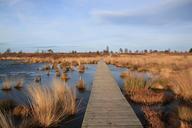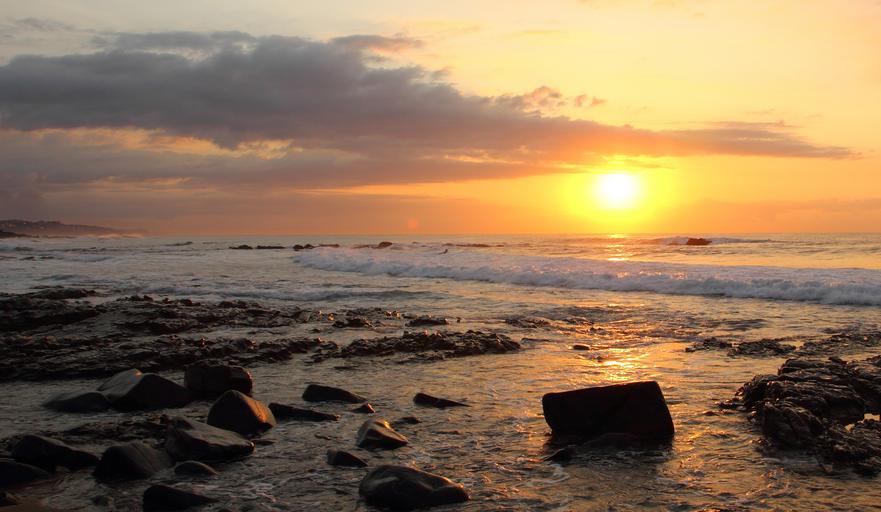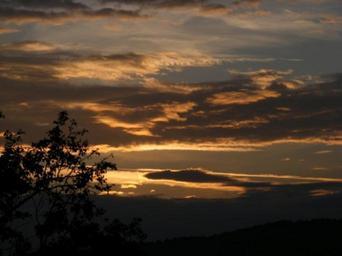“The Do’s and Don’ts of Wildlife Observation While Camping”
Introduction
Camping is one of the most rewarding outdoor experiences that allows individuals and families to disconnect from the hustle and bustle of everyday life. With its serene atmosphere, breathtaking views, and a plethora of wildlife, it provides an ideal setting for adventure, relaxation, and exploration. However, engaging in wildlife observation while camping requires knowledge, respect, and responsibility. In this comprehensive guide, we will delve into The Do’s and Don’ts of Wildlife Observation While Camping, ensuring you have the best experience possible while observing nature's wonders.
The Do’s and Don’ts of Wildlife Observation While Camping
Understanding Wildlife Behavior
Do: Learn About Local Species
Before heading out on your camping adventure, it's crucial to familiarize yourself with the local flora and fauna. Research what animals inhabit the area you will be visiting. Knowing their behavior can enhance your observation experience and keep you safe.
Don’t: Approach Wild Animals
As tempting as it may be to get a closer look at that deer or bear, approaching wild animals can be dangerous—for both you and the animal. Always maintain a safe distance to avoid stressing them or provoking aggressive behavior.
Essential Wildlife Observation Gear
Do: Bring the Right Equipment
When planning for wildlife observation during your camping trip, certain gear is essential:
Binoculars: A good pair of binoculars enables you to observe animals without disturbing them. Camera: A quality camera with a zoom lens can help capture stunning photos while maintaining distance. Field Guides: These guides can assist in identifying species you encounter.
Don’t: Forget Your Camping Essentials
While focusing on wildlife gear is important, don't overlook basic camping gear insights such as tents (consider four-season tents for colder climates), cooking equipment, and portable camping gear.
Timing Your Observations
Do: Observe During Dawn or Dusk
Many animals are most active during dawn and dusk. Plan your wildlife observation sessions during these times for better chances of spotting elusive creatures.
Don’t: Make Noise
Avoid loud conversations or disruptive sounds that could scare away wildlife. Respecting their natural habitat ensures a more successful observation experience.
Setting Up Camp
Do: Choose a Suitable Campsite
Select a campsite away from animal trails or known habitats. This helps minimize human-wildlife interactions while still allowing for great observation opportunities.
Don’t: Leave Food Out
Leaving food unattended can attract unwanted visitors—like bears or raccoons—putting both you and the animals at risk. Always store food in hot tent camping bear-proof containers or hang it high in trees if camping in bear country.
Eco-Friendly Practices
Do: Practice Leave No Trace Principles
Maintain respect for nature by following Leave No Trace principles. This includes packing out everything you bring in and minimizing your environmental footprint.
Don’t: Disturb Habitats
Avoid trampling areas where animals nest or feed. Staying on marked trails also protects local flora from damage.
Engaging with Nature Responsibly
Do: Use Quiet Observation Techniques
Utilize quiet approaches when observing wildlife—move slowly, speak softly, and remain still when possible to increase your chances of seeing animals in their natural behaviors.
Don’t: Feed Wild Animals
Feeding wild animals disrupts their natural behaviors and can lead to dependency on human food sources which is detrimental to their survival.
Safety First: Personal Precautions
Do: Carry Safety Gear
Always have first aid supplies handy when camping—this includes items like band-aids, antiseptics, insect repellent, and sunscreen to protect yourself against various outdoor hazards.
Don’t: Ignore Weather Considerations
Be prepared for sudden weather changes by checking forecasts before your trip. Investing in innovative hot tents can provide warmth during cold nights while ensuring safety from elements like rain or snow.
Family-Friendly Wildlife Observation
Do: Teach Kids About Wildlife Respect
Involve your children in learning about local species before heading out; educating them on respecting wildlife teaches invaluable lessons about nature conservation.
Don’t: Let Children Wander Off Alone
Always supervise children during wildlife observations; ensure they understand how to behave around wild animals safely.
Camping Activities That Enhance Wildlife Observation
Photography in Nature
Capturing moments through photography not only serves as a memory but also fosters a deeper appreciation for nature's beauty. Use these tips:
Invest in a quality camera. Learn about different settings (shutter speed & aperture). Utilize natural light effectively (early morning light is best). Family camping tips
Note: Remember not to use flash photography as it can startle wildlife!

Nature Walks & Hiking Trails
Exploring hiking trails gives an immersive experience into local ecosystems:
Opt for guided tours if you're unfamiliar with the region. Take trail maps along for navigation purposes.
Engaging with hiking also enhances fitness levels while enjoying breathtaking views!
Frequently Asked Questions (FAQs)
Q1: What should I do if I encounter a bear?
A1: Remain calm; do not run! Speak softly while backing away slowly without turning your back on the bear. If it approaches further, make yourself appear larger by raising your arms or backpack.
Q2: How can I identify different bird species?
A2: Pay attention to size, color patterns, wing shapes, songs/calls using field guides tailored specifically for birds present in that area!
Q3: Are there any recommended campsites known for excellent wildlife viewing?
A3: Yes! Numerous national parks offer designated campgrounds renowned for rich biodiversity—Yosemite National Park is notable among them!
Q4: What type of tent is best suited for family camping trips?
A4: Spacious family tents are ideal; consider four-season tents if venturing into colder regions!
Q5: Can I fish while camping?
A5: Absolutely! Ensure you've acquired fishing licenses where necessary; many lakes allow catch-and-release practices promoting sustainable fishing habits.
Q6: How do I ensure my campsite remains eco-friendly?

A6: Use biodegradable products whenever possible; dispose of waste properly following all guidelines provided at campsites!
Conclusion
In conclusion, observing wildlife while camping enriches our connection with nature but requires respect towards its inhabitants. By adhering to The Do’s and Don’ts of Wildlife Observation While Camping, you'll ensure an enjoyable experience not just for yourself but also for future campers who wish to appreciate these magnificent creatures responsibly! As you embark on your next wilderness trekking adventure or family camping outing filled with laughter around campfires sharing stories under starry skies—keep these guidelines close at hand! Happy camping!
